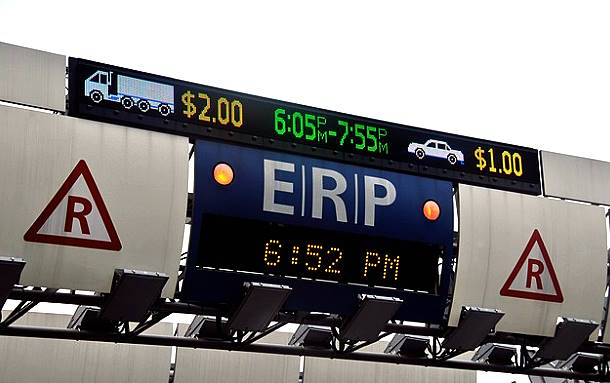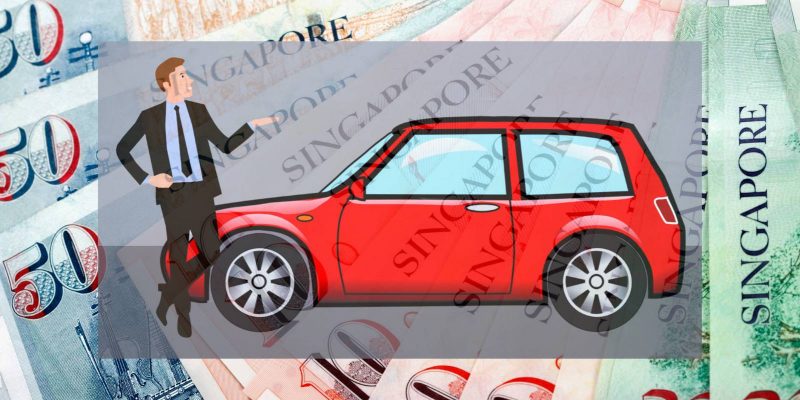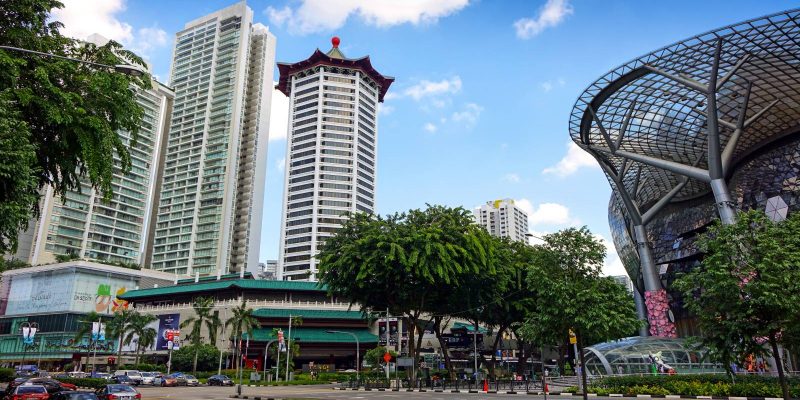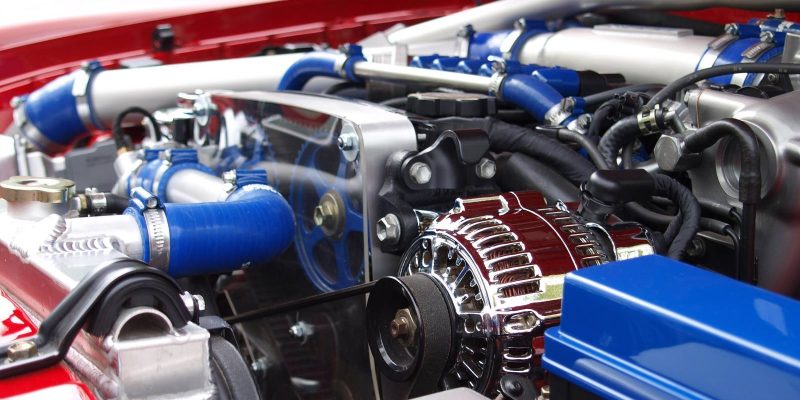
Singapore is renowned for its innovative and efficient transportation system, and electronic road pricing (ERP) is one of the key components that make it work.
ERP is a system that charges drivers for using congested roads during peak hours, with the aim of reducing traffic congestion and improving overall road efficiency.
As a driver in Singapore, understanding the ERP system is integral to navigating the city’s roadways effectively, avoiding fines, and saving time.
This driving in Singapore guide aims to provide a concise guide to the top 6 facts you need to know about electronic road pricing in Singapore. We will explore the role of ERP, how it works, and the various ways you can pay for it. Additionally, we will discuss frequently asked questions about the system, such as the fines for non-compliance.
1. ERP is an electronic toll system, not a tax.
Electronic Road Pricing (ERP) is a sophisticated electronic toll system introduced in Singapore in 1998 with the aim of reducing road congestion during peak hours. This system does not replace the traditional road tax, but instead charges road users a fee (currently from $0.5 to $6.0 per gantry) based on the electronic gantries they drive through and the time of day. So, the ERP system is designed to encourage drivers to avoid congested areas during peak hours, thus reducing traffic and improving travel times for arterial roads and expressways.
The ERP charges are automatically deducted from an in-vehicle unit (IU) that is installed in the vehicle, making it a seamless process for road users. ERP charges are reviewed and adjusted periodically based on the traffic conditions around individual gantries.
ERP has been successful in managing the traffic flow in the city-state and has since been expanded to cover more arterial roads and expressways, making it part of the comprehensive solution to road congestion in Singapore.
Undoutfully, ERP also slightly increases the cost of car ownership in Singapore, although it is marginal compared to COE.
2. ERP charges are time-dependent.
ERP charges are calculated based on the time of day (and the location). The charges vary with the timing, usually in a 30-min block with a 5~10 minutes transition.
There are no ERP charges on Sundays and all public holidays. ERP gantries stop operating at 1 pm on the eve of New Year’s Day, Chinese New Year, Hari Raya Puasa, Deepavali, and Christmas Day, as well.
Each gantry has its own operating hours:
- From 22:30 to 7:00 am, ERP free. No ERP gantries operate during this period.
- Currently, from 10 to 17:30, it is also ERP-free.
- Most ERP gantries operate only in one shift: morning (7:00-10:00) or evening (17:30-22:30),
- In the same shift (morning or evening), the operating time varies from gantry to gantry. For example, some ERP gantries start to collect money at 7 am. Some may start at 8 am. Some may stop operating at 9 am, and some may work harder till 10:30 am.
- During school holidays (June/December), ERP charges will reduce in most gantries.
3. Not all ERP gantries are equal.
Because the ERP system was designed to impose charges on vehicles passing through high-demand areas during peak hours, the charges vary with the level of congestion on the specific section of the road.
- Most of the ERP gantries are currently not operating. After COVID-19, only gantries leading to expressways are currently operational.
- CTE (Central Expressway) is the “most” expensive road to drive.
With the recovery of economic activities, more ERP gantries will very likely resume the money collection activity.
LTA (Land Transport Authority) regularly reviews and adjusts the price for each gantry and each time slot, mainly based on the monitored moving speed of the car through the gantry at the specific time period.
4. You can pay ERP charges in two ways.
One of the advantages of the ERP system is its flexibility in terms of payment methods. Motorists can choose to pay for ERP charges with one of the two methods:
- Balances of the card (including NETS CashCard, NETS Motoring Card, EZ-Link Motoring Card, and some CEPAS-compliant EZ-Link cards) in the IU in your car.
- Backend (backup) payments if the card’s balance in the IU is insufficient. You need to sign up for the EZ-Link Motoring Service (free and automatic, but for DBS or Citi Bank debit/credit cards only) or Virtual CashCard (free automatic top-up with DBS or UOB credit/debit cards).
Please do not confuse EZ-Link Motoring Card (a stored-value card, physical)with EZ-Link Motoring Service (automatic payment service through your credit/debit card).
It is a traffic offense if you fail to pay the ERP at the gantry.
5. You must pay the admin fee ($10) or even fines ($70) if you fail to pay for it.
If you fail to pay ERP charges at the gantry for whatever reasons (e.g., a malfunctioned IU, an improperly inserted stored-value card, or insufficient value in the card), you will receive an ERP Violation Notice letter.
At this stage, you need to pay the ERP charge plus the $10 admin fee.
You should settle the payment as soon as possible. The government also gives you a 10% ($2) discount for the admin fee if you pay online (e.g., One Motoring, AXS stations, SAM Kiosks, ATM, or Internet banking).
If you fail to pay within 2 weeks, the government will slap you with a $70 fine.
If you fail to pay within 4 weeks, LTA may want to see you in court.
Anyway, you should settle the payment as early as possible. LTA never loses any cases in the court for such cases. Do not try your luck.
6. Malaysia-registered cars can choose to pay a flat ERP charge at$5 per day.
If you drive a Malaysia-registered car without an in-vehicle unit (IU), you will need to pay a flat fee of $5/day if you pass any ERP gantries when they are collecting money from the others. The money will be deducted from the Autopass card when the car is exiting Singapore.
Of course, you can choose to install or rent the IU to pay the same ERP charge as Singapore cars. You cannot use Autocard in the IU. Instead, you need to get a NETS CashCard, NETS Motoring Card, or EZ-Link Motoring Card. It works similarly to Touch N Go cards.
Please note there are some restrictions on driving a Malaysia-registered car in Singapore, as explained in this guide (coming soon). It is different from driving a Singapore car in Malaysia.
Do you have any questions about Singapore ERP (Electronic Road Pricing)?
If you have any questions about ERP in Singapore, please let us know in the comment box below.
The community will help you.
For questions on buying a car in Singapore, please check the Singapore car ownership guides page.
For questions on driving a car in Singapore, please check Singapore driving guides page.
For maintaining and servicing your car in Singapore, please check the Singapore car maintenance guides page.
For driving from Singapore to Malaysia, please check Dring to Malaysia guides page.
You can also reach us through:
- Facebook page
- Telegram group
- Email.
Safe driving! Happy driving!







Leave a Reply